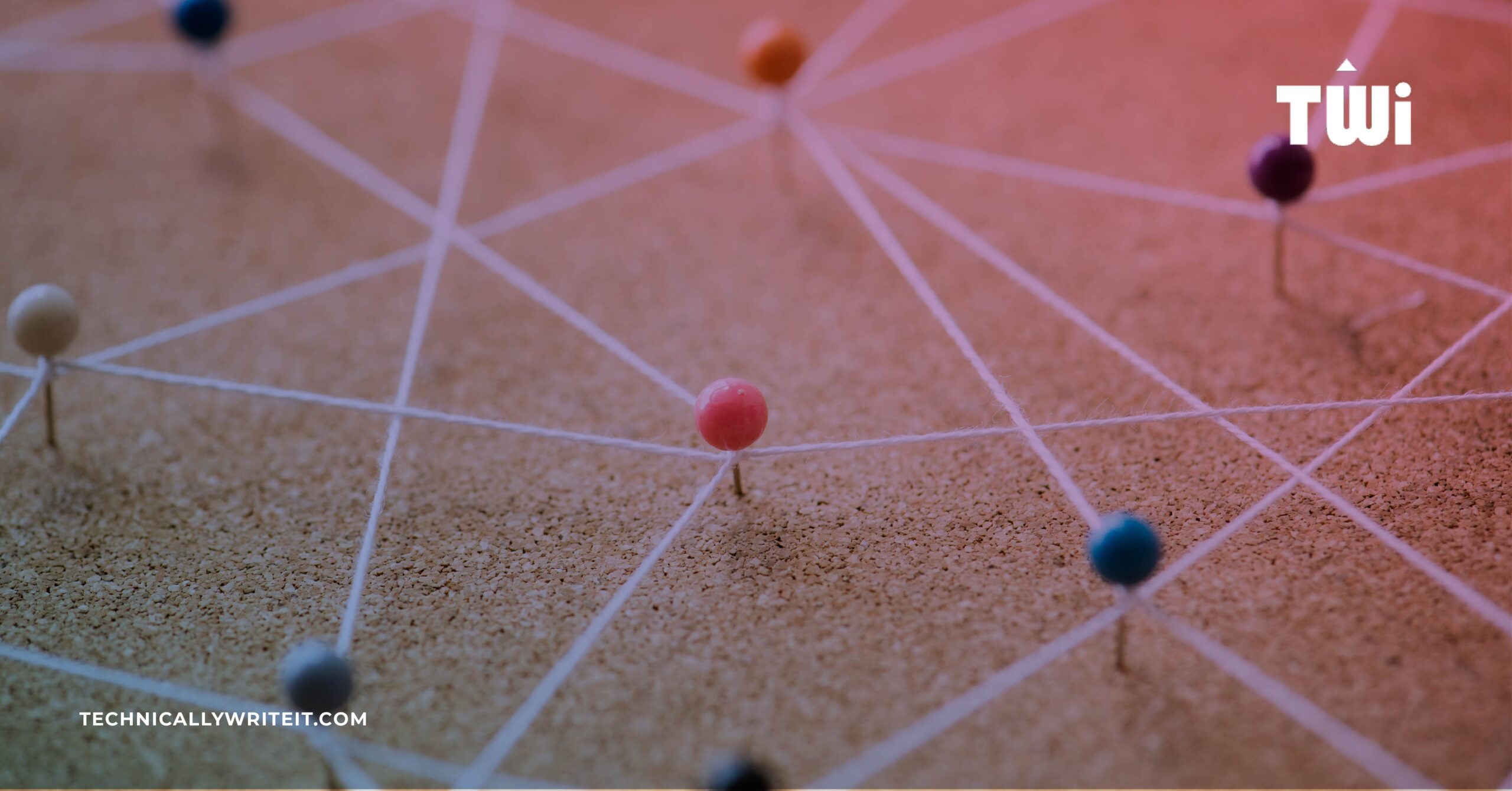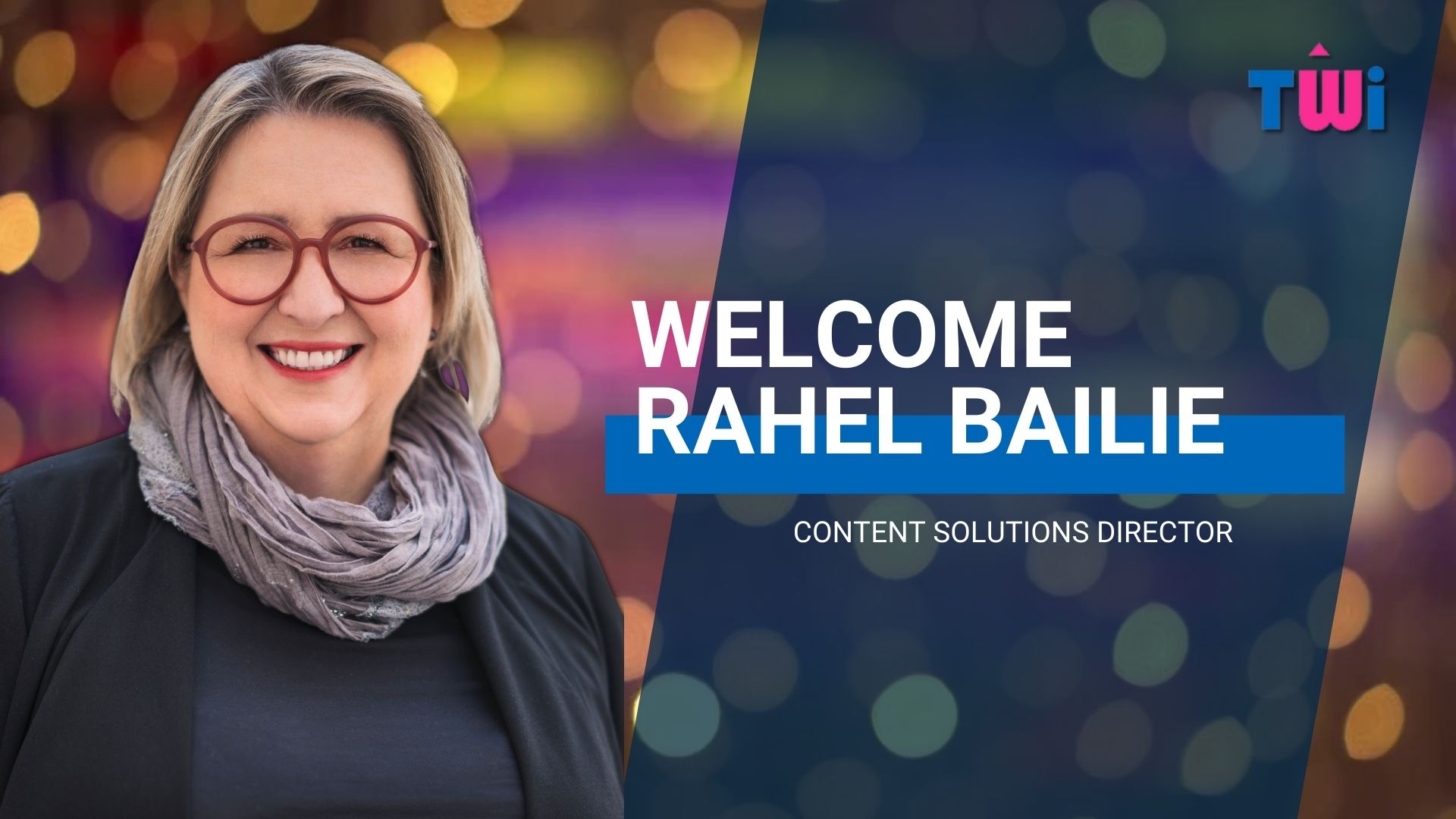Every stage of the medical technology product lifecycle demands detailed documentation. Does it have to be a headache?
This post was originally published in September 2016 and updated in May 2023.
Unfortunately, the very mention of the term ‘documentation’ can induce instantaneous migraines in Risk and Compliance Officers, Regulatory Affairs Managers, Quality Controllers, and Process Engineers, to mention a few. While documentation is widely viewed as a chronic problem in the medical technology industry, few are aware of the potential remedies. However, we have some insights we’d like to share on this.
Challenges of Medical Technology Documentation
First things first, what does ‘documentation’ mean and how does it relate to this field? In the medical technology context, documentation can include all paper-based and electronic records from beginning to end of the supply chain, including those prepared for the purposes of:
- Replicating and validating laboratory research and clinical trials
- Defining and standardising manufacturing processes
- Monitoring quality
- Informing commercialisation and marketing
- Conforming to regulatory requirements
It can range from internal standard operating procedures (SOPs) to customer-facing user guides, and take many other guises in-between.
In a previous post we looked at the role of information and communication in the health sector. We focused particularly on the interaction between health provision and healthcare users, and the general public as targets of health messages. At the other end of the healthcare spectrum, information and communication is just as vital to the innovation, production, and supply of medical technologies and medicines.
Typically, medical technology organisations generate vast quantities of documentation to meet their wide-ranging information and communication requirements. Many people across various different departments may need to contribute to its creation. However, a specific skill-set is required to produce and manage such a volume of critical documentation to the requisite standards. There is plenty of scope for inconsistent, inadequate communication practices to take hold. If they do, such practices have the potential to jeopardise the quality and compliance foundations of a successful medical technology business.
Symptoms
Do any of the following documentation challenges ring a bell?
- High-value, time-poor subject matter experts (SMEs) don’t have the capacity or the skills to maintain documentation to a high standard.
- Ambiguous or unnecessarily complex SOPs lead to confusion and misinterpretation.
- Operators bypass instructions that aren’t user-friendly or readily accessible.
- Inconsistent documentation practices, combined with a chaotic content infrastructure, makes regulatory applications and audits labour-intensive and stressful.
If you have endured or are currently facing any of these scenarios, we wouldn’t be surprised to find you reaching for the paracetamol.
Cause or Cure?
But is documentation really the cause of these headaches? What if we started looking at it as a cure? If documentation is the problem, or part of the problem, perhaps it could also be the source of the solution.
We believe that many organisations are missing out on opportunities to:
- Create standardised, user-friendly process documentation that supports operational efficiency and optimal adherence to procedures
- Implement effective corrective and preventative actions (CAPAs) and improve human error reduction (HER) programmes
- Develop an integrated, future-proofed documentation infrastructure
- Maximise resource efficiency while maintaining quality standards, and ensuring regulatory compliance
Understanding of the true value of technical communication and documentation to the medical technology industry is only beginning to emerge.
It’s a topic we’re eager to explore in more detail.
How Can We Help?
Dealing with your regulatory and process documentation can slow you down or divert resources that could be better used elsewhere. TWi provides high-value biopharma, pharma, and medtech documentation for the life sciences industry.
Why not have a look at how we’ve helped some of the biggest names in the MedTech industry achieve the gold standard across their entire documentation portfolio?
https://technicallywriteit.com/twi-clients/our-impact-twi-client-stories/
Images Used
- Image by Wesley Tingey, licensed by Unsplash
- Image by Jesse Orrico, licensed by Unsplash












